I have a wire that fits atop my 9 V battery and it should easily feed into a breadboard but it does not as the wire is stranded.
I tried last week to solder these wire strands to breadboard jumper wires so I could feed them into my bread board, but they just don't allow current to flow through; this did not work despite my efforts and even using heat shrink.
Is there a component that would do this better or some soldering technique I should be using instead?
